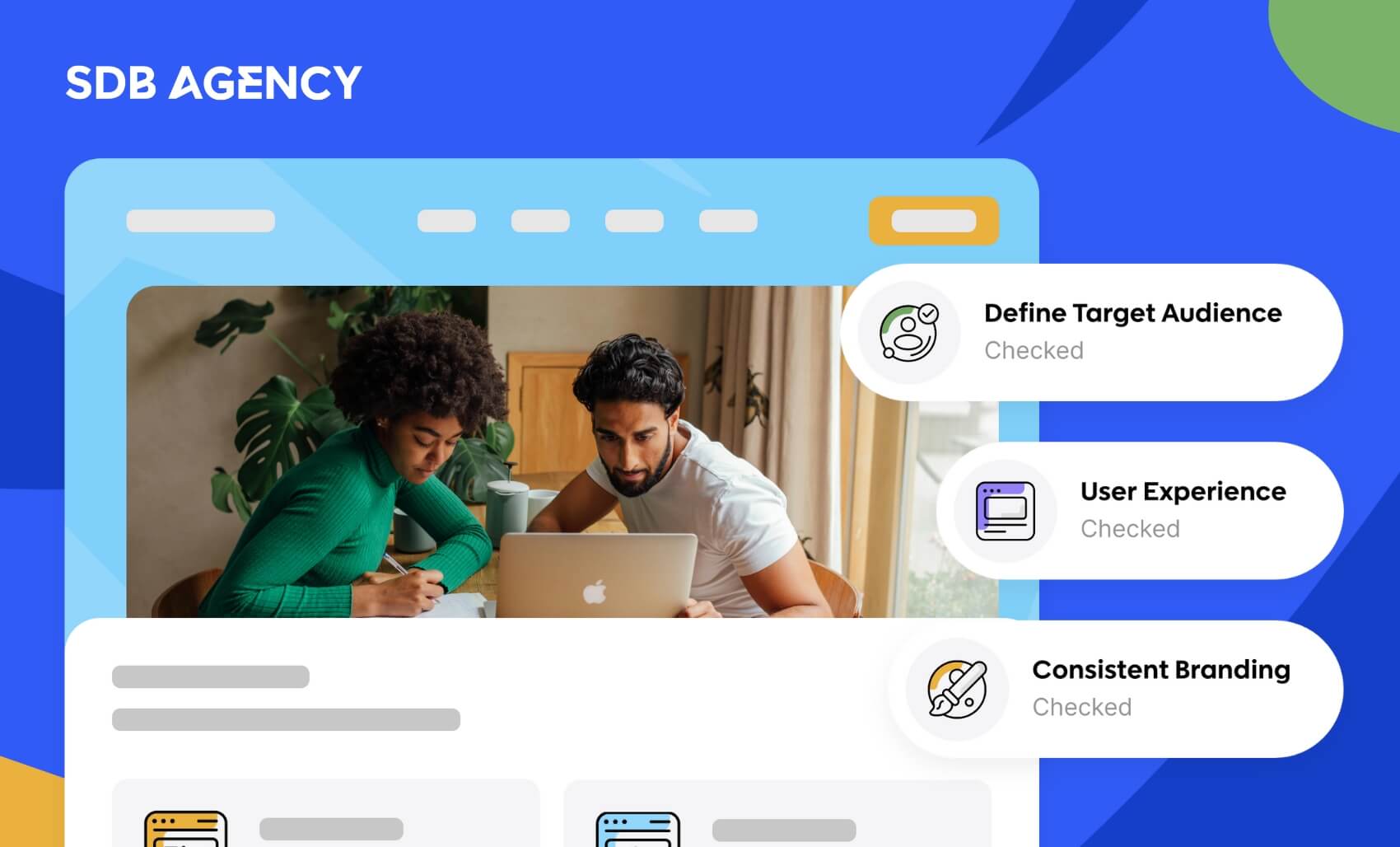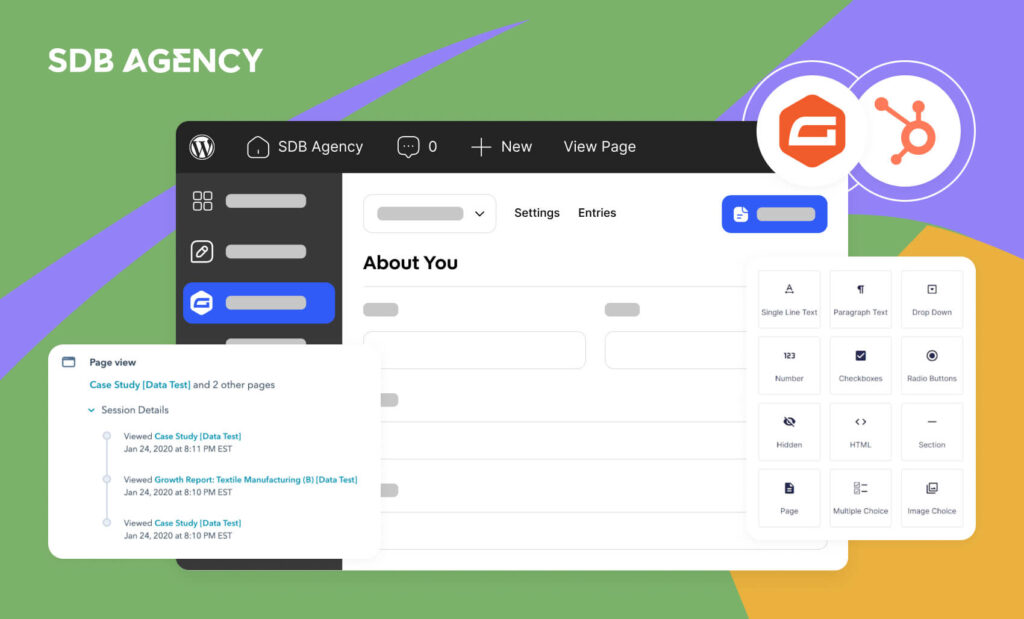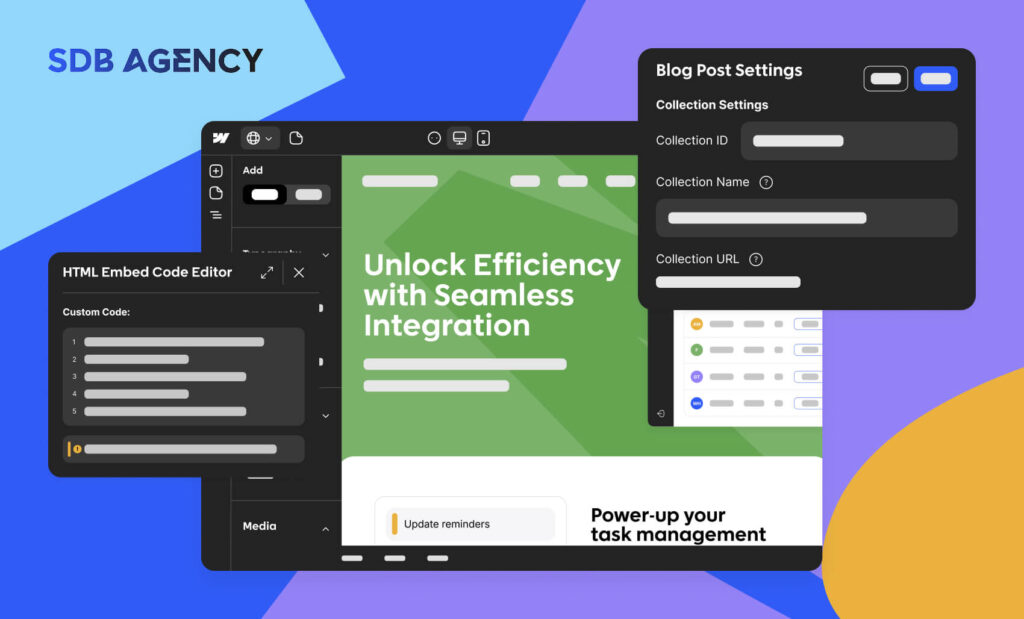Website Revamp Checklist: Ensuring a Smooth Transition and Launch

Key takeaways
- A website revamp isn’t about following trends— it’s about aligning your site with your goals, audience, and performance data. Let the numbers guide the redesign.
- From colors and fonts to messaging and layout, consistent branding across your website strengthens your identity and increases user trust — leading to more conversions.
- Great design isn’t just about looks — it’s about function. A smooth user experience and smart SEO practices ensure your site is found and appreciated.
Having a professional and modern website has become crucial in the past few decades. Whether you’re a small business or an established corporation, potential customers will visit your website to check who you are and what you do.
A website is a direct representation of what you represent as a company. If you fail to engage your visitors on their first impression, you’ll miss out on conversions, and all your efforts will go to waste.
Why is a website revamp important?
When done properly, a website redesign can improve users’ experience on your site and turn it into your most valuable tool for conversions. However, if you try to cut corners, skip steps, and find an easy way to do it, a website redesign can go wrong, costing your company valuable time, effort, and money. It will ultimately do more harm than good to your marketing strategy.
But don’t let these high stakes affect you. With proper planning and research, you can make your next website revamp successful and avoid unnecessary stress by following our website redesign checklist.
First things first, how do we know if your website needs a revamp?
Before investing valuable resources into redesigning your website, you must ensure that you do it for the right reasons.
Even though there are plenty of reasons to redesign your site, there are also many bad reasons to do it. Poor reasons for a revamp include “I’m bored of how our website looks or feels” or “Our competitors have also redesigned their site.”
If your site still effectively attracts visitors and converts leads, there’s no reason to redesign your site. Use analytics tools instead of using your own opinions. Here are the essential questions to ask:
- Is our website optimized for mobile devices?
- Have our business goals changed since we launched our website?
- Is the branding outdated?
- Does our site function properly?
- How are our website metrics? Are we converting leads on our site?
Your answers to these five questions should give you a good idea of whether you need a website redesign or not. Assuming that all signs show that you need one, here are 5 crucial steps you should take:
1. Define your target audience
When redesigning your site, determine who you are targeting. Are your ideal customers in their middle age, university students, or business owners? Then, think about how you want your target audience to view your website. Do you want to reach them as open and friendly or more professional?
Determining these things may seem like a waste of time. Nevertheless, they will help you decide on several crucial things, from your website’s color scheme to the images and media displayed on the main page. Ideally, you’ll want to appear to your existing and potential customers. You won’t achieve that if your new website design doesn’t meet their expectations.
2. Maintain consistent branding
One of the key success elements of a website redesign is a consistent branding guideline. Be clear on your value proposition – pick the color you’ll be using and figure out your tone of voice. If you’ve determined these decisions ahead of time, you’ll ensure consistent branding across your entire website.
It may seem insignificant, but it’s undeniable that the colors you choose and how you deliver them through your products and services significantly impact your conversion rates. Branding is what gains your visitors’ trust, connects with you, and believes in your company’s visions. If your website looks chaotic and fails to deliver your message, it won’t get customers to convert.
3. User experience
Conducting a user experience audit is also an important part of a website redesign. This can be done during a general website audit or separately. During a UX audit, a user experience specialist must analyze your website structure, determine how a user will likely use it, and make the site more user-friendly. This is done using various research methods, including user testing, split testing, and card sorting.
Discovering these things can help ensure your new site is intuitive and provides visitors with high-quality website experiences. This can help make specific products or services easier to find, along with specific information such as a contact form or company address. This should result in higher conversion and lower bounce rates and give you an edge in the competitive market.
4. Search engine optimization
Putting some time into optimizing your website for SEO can help it show up in search engine rankings and improve the domain. First, check whether your site is connected to Google Analytics. Then, ensure every asset displayed on your site, whether it’s an image or an icon, isn’t too large in file size as the bigger it is, the longer it takes to load, resulting in bad SEO.
Come up with engaging meta titles and descriptions for your website pages. It’s also essential to check whether any broken links exist on your site and whether it’s been indexed by Google. If it isn’t indexed, your website won’t appear on the search results pages.
Develop a solid content marketing strategy that plans what you’ll write about on your company blog. The best way to do this is to perform keyword research and decide the important keywords you need to target. Then, create a content marketing strategy based on these keywords.
5. Responsiveness
Is your website responsive on various devices and screen sizes? If not, you’ll likely lose many potential customers. Mobile users are something you shouldn’t ignore, as in 2023, over 55% of website traffic came from mobile devices. Therefore, make sure that you don’t only focus on the desktop version of your site but also polish its mobile version. This should be part of every website redesign checklist.
This website design approach is known as responsive design. It involves designing a website that looks great and functions properly on any screen size, including desktop computers, smartphones, iPads, and tablets. Nowadays, responsive web design is the cornerstone of modern website design, so make sure it’s one of the first things you consider when revamping a website.
Website revamp made easy
This concludes our comprehensive guide for website redesign checklist! We’ve outlined most things you should consider as a business owner before and during the design process. If you follow our guide thoroughly, you can turn your old website into something truly special.
Still think a website revamp is too much to handle on your own? Don’t worry—SDB Agency is here to help! We’ve been building and designing hundreds of websites over the years. Whether you’re a startup company or an established SaaS company looking to develop a new website from scratch, you’ll be sure that we’ll take care of it, and the result will be a top-quality website in your industry. So get in touch with us today, and let’s create something special together!




